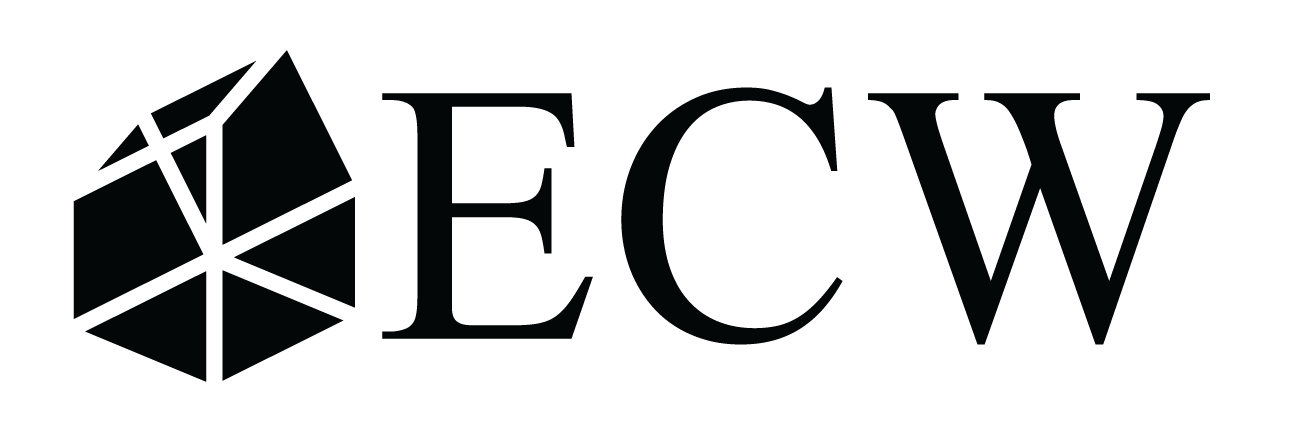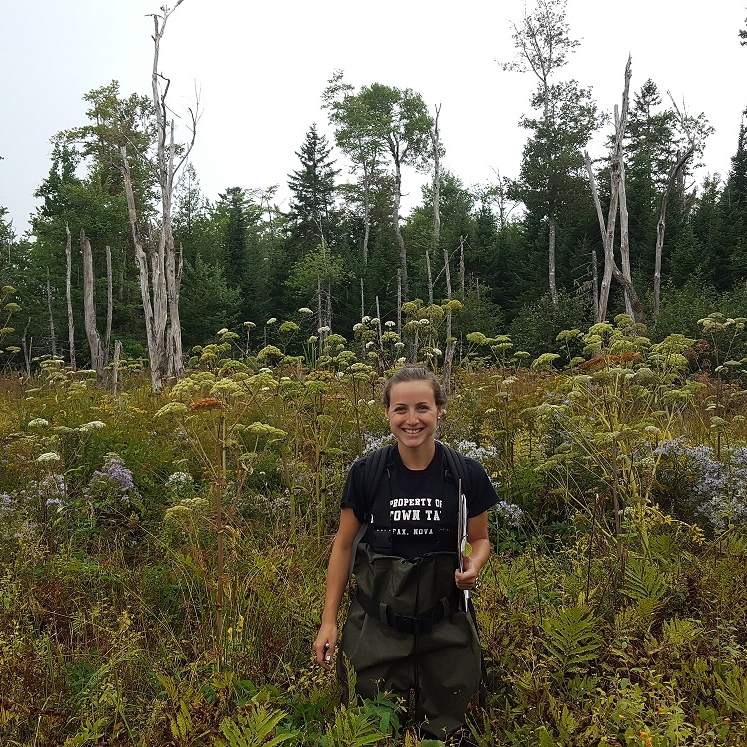Clearing out patch of invasive Phragmites austrailis subspecies austrailis from conserved lands surrounding the Musquash Estuary Marine Protected Area
INVASIVE SPECIES
The introduction of non-native invasive plant and animal species to North America has been escalating with widespread destructive consequences. The impacts of the spread of invasive plants are well known: habitat disruption, loss of native plant and animal communities, reduced property values, impaired fishing and degraded recreational experiences, and enormous and ongoing control costs.
Invasive Plant Survey: Musquash
Through the generous support of Port Saint John and DP World, we are currently carrying out a full survey of invasive plants in the conserved lands surrounding the Musquash Estuary Marine Protected Area. Recently, researchers found two patches of an aggressive invasive grass in this area, a region that multiple organizations are working together to maintain as a natural space. This leads us to more questions: How did it get there? Are there more patches that we’re not aware of? What other invasive species might be invading this natural space? We have designed plant surveys in key areas to begin to find answers to these questions. Stay tuned for the results!
Tracking invasive species
To better understand invasive plant species in New Brunswick, we have created an interactive map. The map presents the known occurrence records of priority invasive plant species in NB, and users can also report sightings of invasive species using the online tool. This information will be used to monitor the distribution of priority invasive species in New Brunswick and to determine where to focus control measures.
This web application, built with Esri’s Web AppBuilder, will continue to update and grow as an initiative to raise awareness of invasive species in New Brunswick. This project was made possible through the financial support of Environment and Climate Change Canada's National Wetland Conservation Fund.
volunteer Invasive Plant patrol
In 2016, ECW Inc. in partnership with New Brunswick Alliance of Lake Associations, launched the New Brunswick Invasive Plant Patrol Program. The program provides training, technical services, and resources to support volunteers in an effort to prevent the introduction and spread of invasive species in New Brunswick. Since then ECW Inc. has trained over 50 volunteers on how to properly identify priority invasive species, and conduct a screening survey on their lake. To learn more about this program, please visit www.nbala.ca.
This project was made possible through the financial support of the New Brunswick Environmental Trust Fund.
invasive plants in new brunswick wetlands
In 2016, ECW Inc. received funding from the National Wetland Conservation Fund to survey wetlands for priority invasive species. Invasive species such as Glossy Buckthorn (Frangula alnus) and Eurasian Water Milfoil (Myriophyllum spicatum) have the ability to spread aggressively, forming dense stands that restrict native wetland plants, and alter the structural and ecological values of wetlands.
This two-year project involved:
1. Surveying 15 inland wetlands, documenting the taxonomy, location, and density of identified invasive species;
2. The development of Best Management Practices (BMPs) and control strategies for Glossy Buckthorn (Frangula alnus) and Woodland Angelica (Angelica sylvestris);
3. The control of invasive plants identified in surveyed wetlands.
This project was made possible with the financial support of Environment and Climate Change Canada's National Wetland Conservation Fund.
Chain pickerel (esox niger)
In 2016, ECW Inc. received funding from the National Wetland Conservation Fund to survey wetlands for priority invasive species. Invasive species such as Glossy Buckthorn (Frangula alnus) and Eurasian Water Milfoil (Myriophyllum spicatum) have the ability to spread aggressively, forming dense stands that restrict native wetland plants, and alter the structural and ecological values of wetlands.





